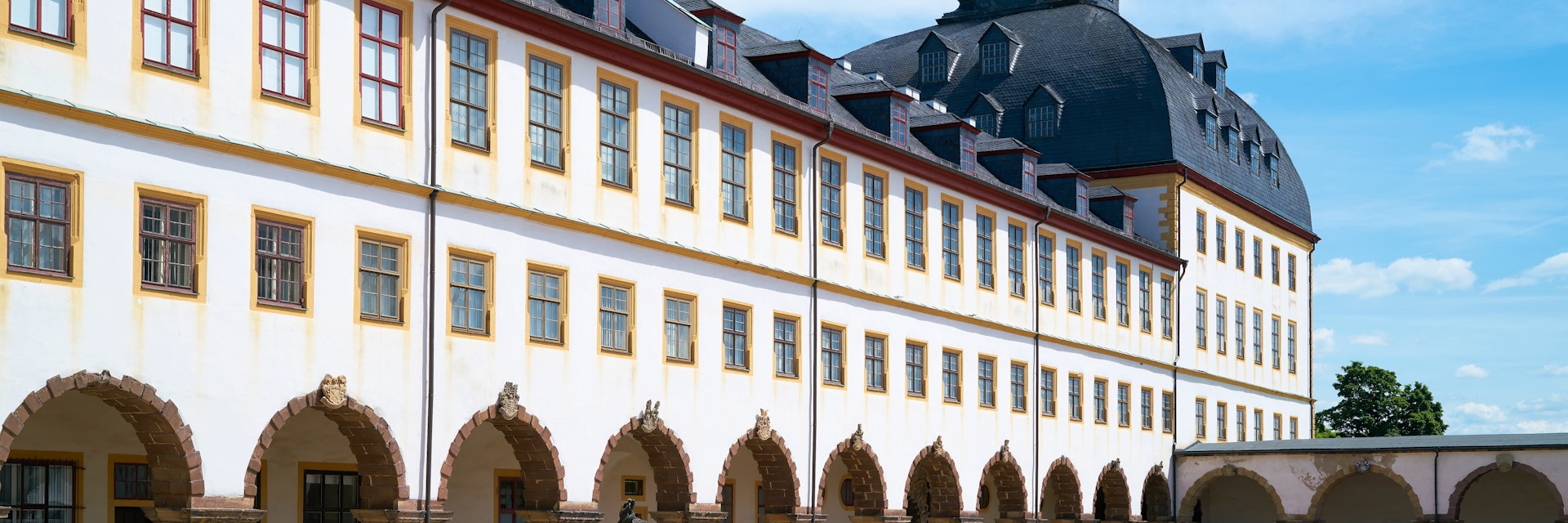This horseshoe-shaped palace, surviving in exemplary condition as the largest early baroque palace in Germany, is a lavish, creaky-floored delight. Much of it comprises the Schlossmuseum (Palace Museum), a glorious procession of 38 baroque, rococo and neoclassical apartments, preserved much as they were in the heyday of the Dukes of Saxe-Gotha. Highlights include the exuberantly-stuccoed Festsaal (Ballroom), the neoclassical wing, the Kunstkammer (a curio cabinet jammed with exotica) and the Schlosskirche (Palace Church) in the northeast wing.
The southwest tower contains the stunning Ekhof-Theater, one of the oldest baroque theatres in Europe, dating from the late 1600s. You can see its original stage machinery come creaking back to life in performances during the popular Ekhof Festival, in July and August.
Tickets for the Palace Museum double as the Friedenstein-Karte, which provides admission to the Historical and Natural Museums (also in the Schloss) and the adjacent Herzogliches Museum. The palace grounds, combining a baroque garden, a 19th-century garden and perhaps the oldest 'English' landscaped garden surviving on the Continent, can be explored for free.







